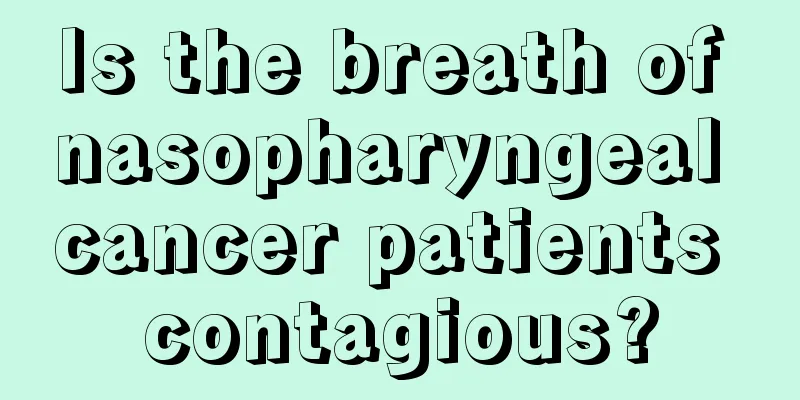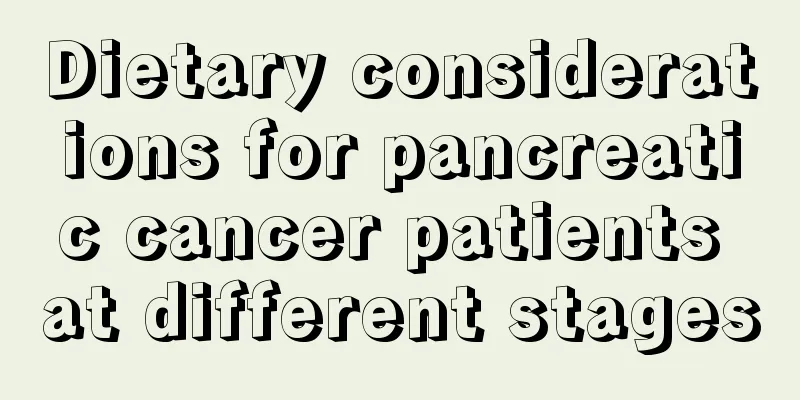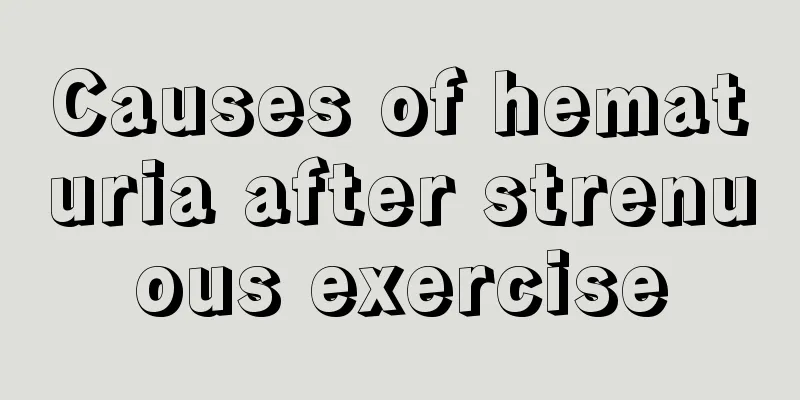The most common cause of sudden death is

|
In daily life, many people do not pay much attention to the problem of sudden death, but we will find that there are more and more sudden deaths reported in major news reports, and they occur frequently among young people. In fact, the most common causes of sudden death also include heart problems, such as coronary heart disease, myocarditis, primary heart disease, and long-term rheumatic heart disease problems. Pathological etiology 1. Coronary heart disease: It is the most common cause of sudden cardiac death. 2. Myocarditis: Severe myocarditis may cause diffuse myocardial lesions, leading to cardiogenic shock and sudden death. 3. Primary cardiomyopathy: The lesions mainly invade the ventricles and may also affect the cardiac conduction system. 4. Rheumatic heart disease: About 25% of patients with aortic valve stenosis may die suddenly. 5. QT interval prolongation syndrome: including congenital deafness, secondary deafness is often caused by hypokalemia, quinidine, and amiodarone. 6. Mitral valve prolapse syndrome: often causes rapid arrhythmia, 7. Congenital heart disease - Coronary artery malformation: If the left coronary artery originates from the right coronary sinus or is connected to the right coronary artery, 8. Preexcitation syndrome combined with atrial fibrillation: When the refractory period of the bypass pathway is shorter, atrial fibrillation is more likely to turn into a malignant arrhythmia - ventricular fibrillation and cause sudden death. 9. Sick Sinus Syndrome: It is mostly caused by coronary disease, myocarditis, and cardiomyopathy, which lead to ischemia and degeneration of the sinus node artery, resulting in ischemia, necrosis, and fibrosis of the sinus node. Treatment First aid for sudden death: Once a diagnosis of sudden death is made, first aid should be provided immediately. 1. Cardiopulmonary resuscitation. (1) Tap the precordial area: Tap the precordial area three times with your fist. For patients who have just suffered cardiac arrest, some of them may have their heart beat back. If not, perform external chest compressions immediately. (B) External chest compression: The patient lies on his back on a hard bed or on the ground. The operator places the base of his left palm on the lower 2/3 of the patient's sternum, and places his right palm on the back of his left hand. Both hands press rhythmically, using the downward force of the body to press rhythmically 60-70 times per minute to avoid rib fractures caused by excessive force. (III) Mouth-to-mouth artificial respiration: The operator holds up the patient's neck with one hand, tilting the head back as far as possible to keep the airway open; with the other hand, pinches the patient's nostrils, takes a deep breath, and then blows forcefully into the patient's mouth, 12 times per minute (perform mouth-to-mouth artificial respiration once for every 4-5 compressions on the heart). 2. Treatment after cardiopulmonary resuscitation. |
<<: What are the dangers of a slow heartbeat
>>: What are the dangers of not brushing your teeth at night
Recommend
Can I take anti-inflammatory drugs after getting resin teeth?
In our lives, many people have some oral gum prob...
Can patients with uremia eat cherries?
Cherries are a very common fruit in our lives. No...
Lips become hot, red and burning
We know that some diseases will send out warning ...
What are the dangers of Sprite burning the esophagus
In the hot summer, iced drinks can bring us a tou...
Does late marriage and late childbearing make it more likely to get breast cancer? Can heredity also lead to breast cancer?
Breast cancer is a malignant tumor with a high in...
Is it necessary to get the leprosy vaccine?
Among the many types of vaccines, leprosy vaccine...
Tips for keeping healthy in spring
A year's plan begins with spring. Spring is t...
What is the normal value of Helicobacter pylori
If a person's stomach is infected by Helicoba...
Thyroid cancer is not incurable
Many people feel that their life is hopeless afte...
Which are the best hospitals for treating fibroids?
What are the best hospitals for treating fibroids...
Is anthocyanin effective in removing radiation?
As the Internet continues to penetrate into peopl...
What should smokers eat to prevent esophageal cancer
China is a country with a large diet, but disease...
What eyebrow shape is suitable for an oval face
When talking about a person's appearance, one...
Exercise methods for early stage rectal cancer
What are some early exercise methods for rectal c...
How to tie a long scarf
Many female friends who love beauty will own seve...









